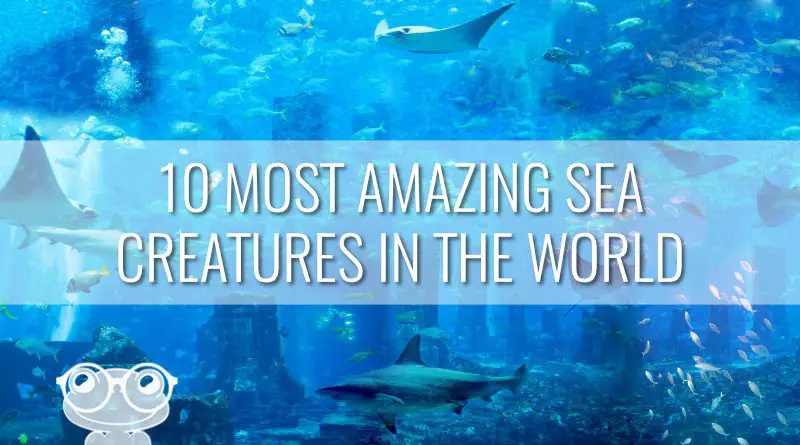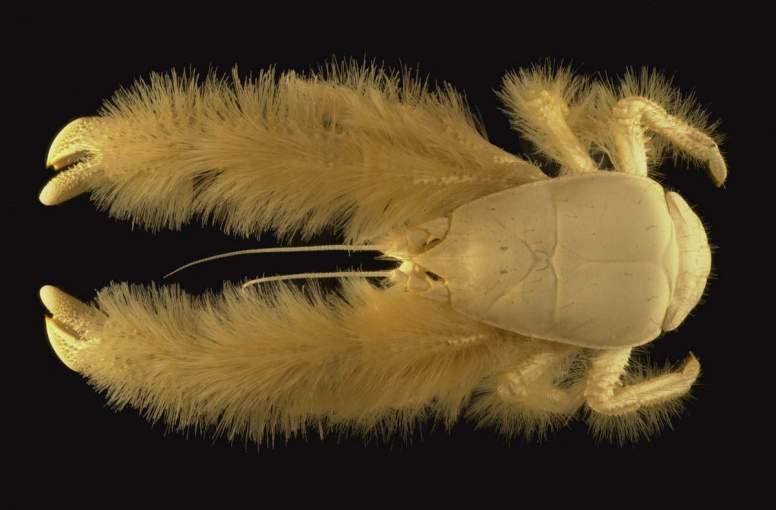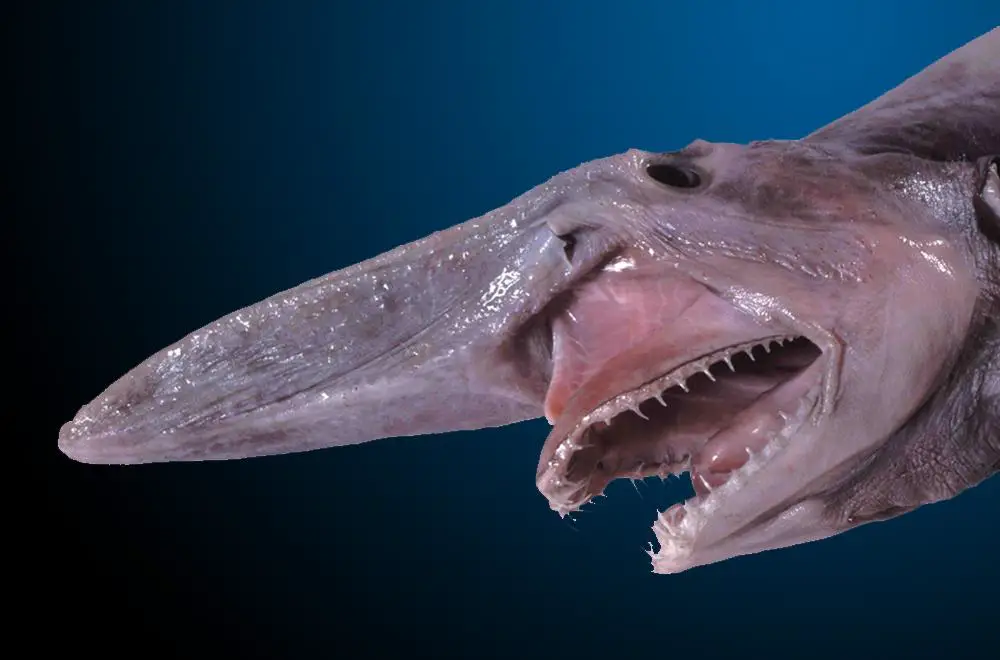Last modified on March 12th, 2022 at 10:27 am
10 Most Amazing Sea Creatures in the World
The ocean covers more than 70 percent of our planet’s surface making it the host to the majority of life. The deep dark blue is home to the most amazing creatures in the world, from gentle giants to almost indestructible micro-species.
- Tardigrades
Commonly known as water bears or moss piglets. With microscopic length ranging from 0.05 mm to 1.2 mm, its scrunched-up head and long, plump body makes it seem strangely cute. In 2007, thousands of these water bears were packed into a satellite and launched into space. After the satellite returned to Earth, scientists examined them and found that many of them had survived. Surprisingly, a number of the females had even laid eggs in space, and the newly-hatched young were healthy.
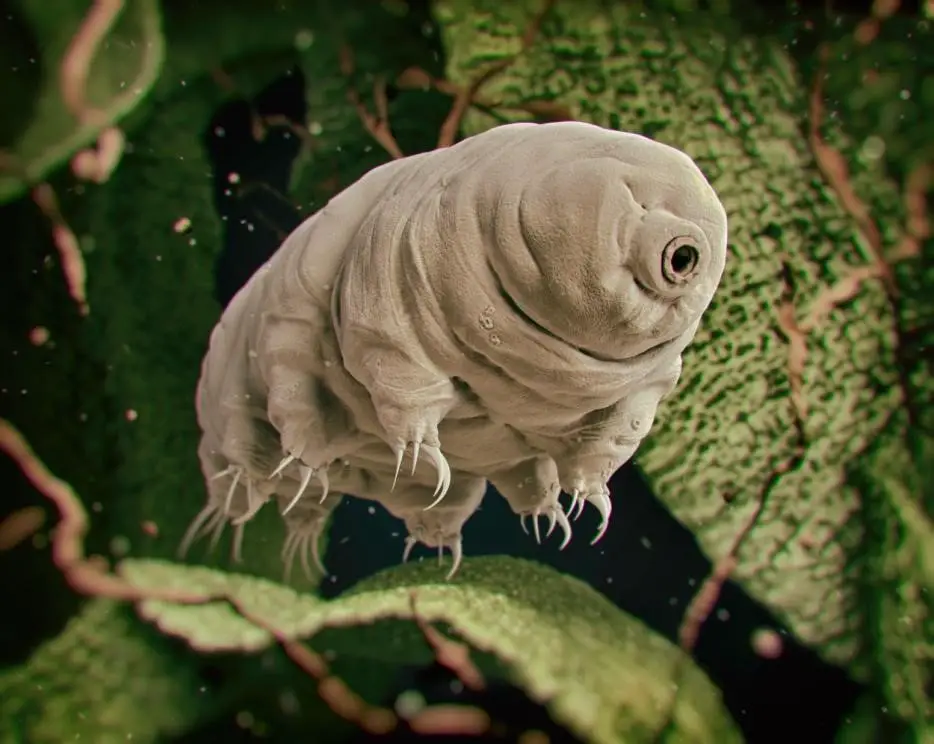
- Yeti Crab
Known as yeti lobster or furry lobster, these names are derived from its hairy appearance. Its looks reminds us of the legendary snow monster Yeti. Fifteen (15) centimeters is the average length of the yeti crab. Although it looks like a carnivore, this creature actually feeds on bacteria that is fertilized on its own legs.
- Ribbon Eel
This is a species of moray eel that can be found in the Indo-Pacific ocean. They are usually seen with only their heads sticking out of holes in reefs. They prefer the coral rubble on coastal reef slopes or the sand and mud of lagoons. Ribbon eels are carnivores, preying on small fish and other marine creatures. They attract their prey with their flared nostrils and then clamp down on them with their strong jaws. Retreating into their burrow, they stay inside for months or even years.
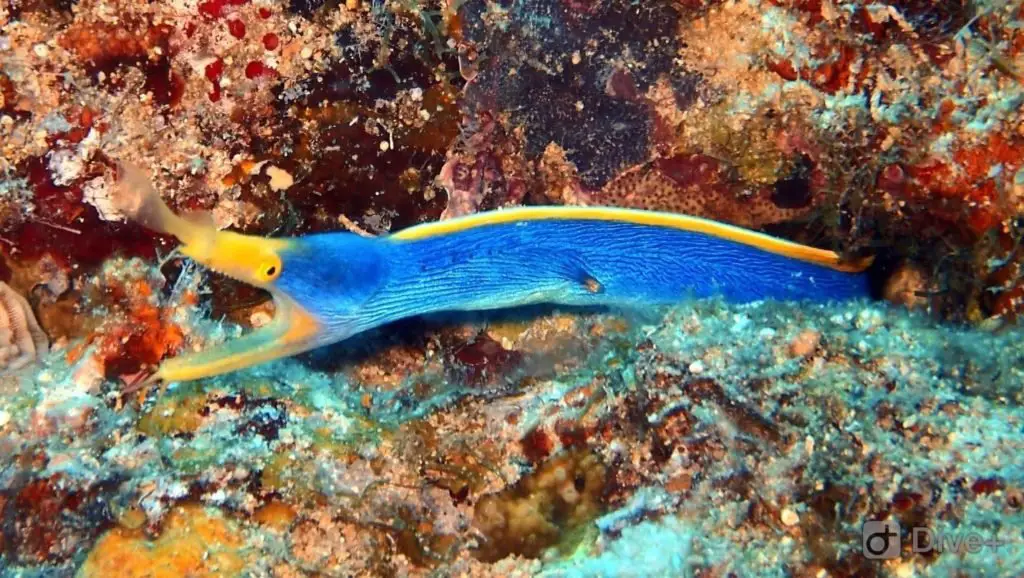
- Dumbo Octopus
It’s named Dumbo because of the two large fins—one on either side of the mantle, jutting out like ears making it similar to the animated elephant character. The small size of this amazing sea creature is around eight inches. The Dumbo octopus has short arms, a body shaped like a bell, is pale in color, and often hovers over the seafloor. They live at extreme depths in the oceans around the world—up to 13,000 feet below the surface—and are the deepest-living octopuses known. They feed on snails, worms, and other creatures as they hoover up from the ocean floor.
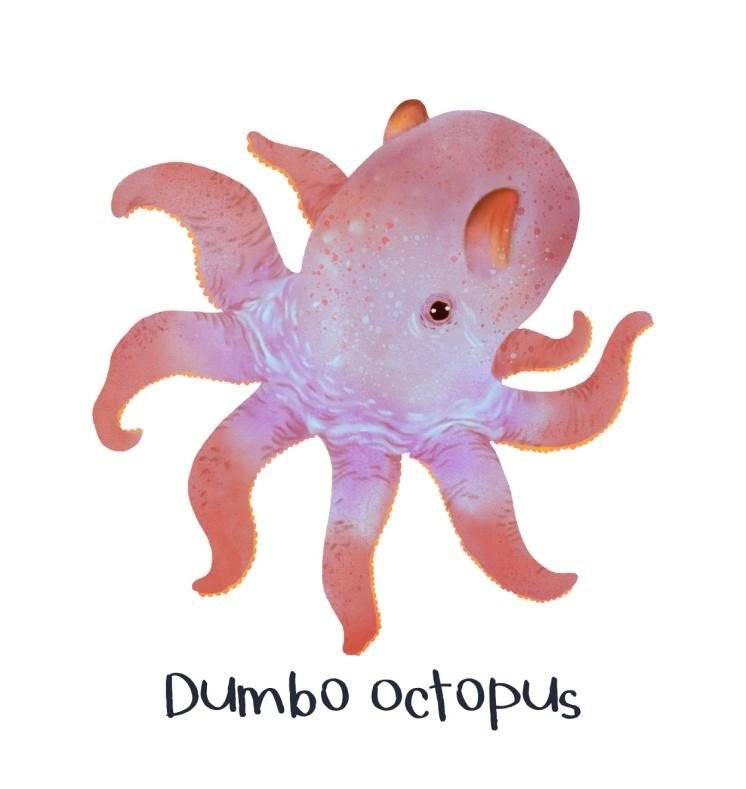
- Basket Star
With colors that range from yellow to brown, the Basket Star can measure up to 70 cm in arm length with a disk diameter of 14 cm. The disk contains on its five (5) pairs of radial ridges and scattered in between. The arms branch repeatedly, and outer parts form a close-knit tangle. Basket Stars apply suspension feeding to capture large swimming prey. Preying on crustaceans and polychaetes, the Basket Star does this by using its podia and arm spines. Once night falls, Basket Stars emerge from their hiding places and assume feeding positions, with their branched arms held fan-like.
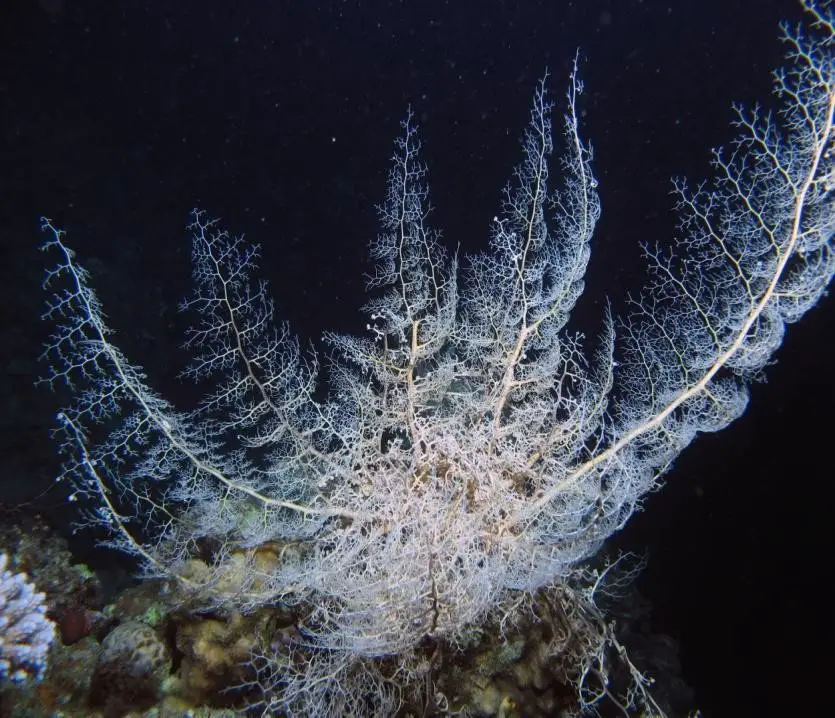
- Flamingo Tongue Snail
Unlike the name suggests, Flamingo Tongue Snail has nothing to do with flamingos. It is actually a marine gastropod mollusk—a soft, slimy animal carrying its own house, but living in the ocean. Imagine a scuba diving snail.
An adult Flamingo Tongue Snail feeds on corals. They scrape the polyps off the coral with their tiny teeth, and leave trails on the coral. On the outside, a thin tissue covering the shell is an essential part of this snail—the bright pink and orange patterns make-up the mantle of the flamingo tongue. While feeding on the coral, they also absorb toxic chemicals present in corals. These toxic substances are then deposited in its mantle.
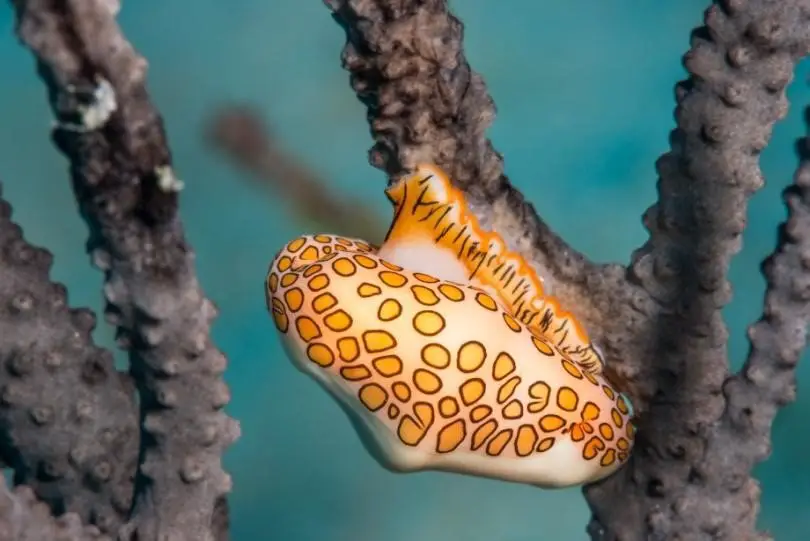
- Pinecone Fish
Pinecone fish can be found in the Indo-Pacific. Their body has a pinecone-looking pattern made by the joining of hard scutes. These scutes serve as armor, and garnered the name Knight Fish. The size of this species ranges from 8 to 15 cm long (3-6 in), and is yellow to orange in color.
Pinecone fish are known for having phosphorescent organs on either side of their lower jaw. They can turn these organs off and on by the movement of the jaw. These bioluminescent organs attract the plankton on which the Pinecone fish feeds at night. This fish generally seeks shelter by day in caves, crevices, and under overhangs. It lives in tropical and subtropical waters.
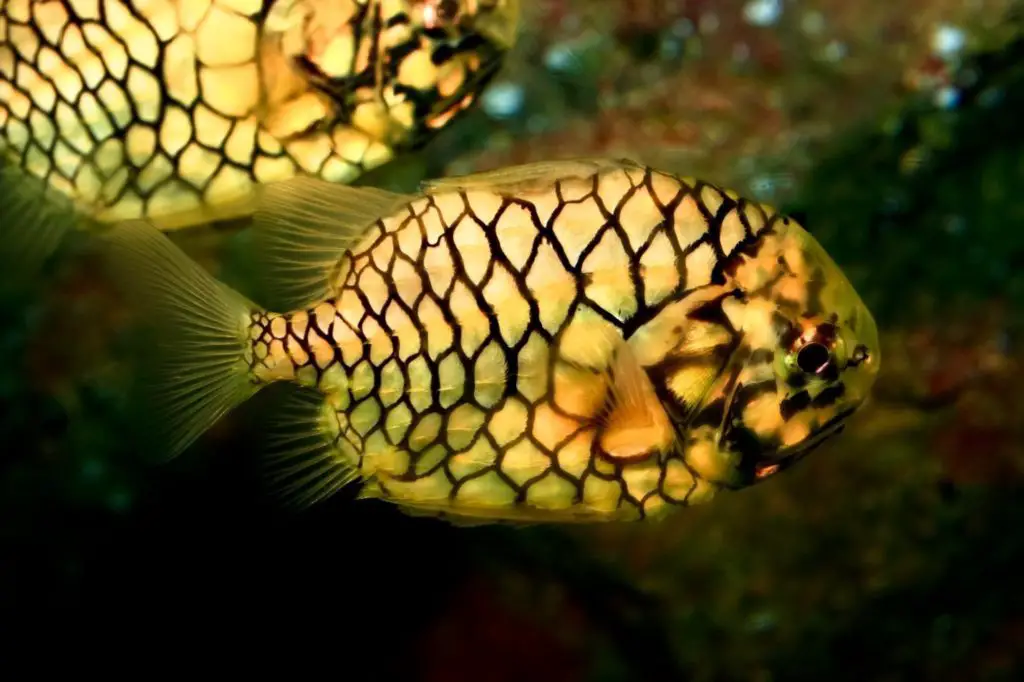
- Goblin Shark
The Goblin shark’s most distinct physical features are its long snout (called a rostrum) and teeth. The rostrum is wrapped with specialized organs that serve as radar to help locate prey in the dark by sensing the electric field released by other sea creatures. The teeth are long and scruffy looking. The Goblin shark is one of the very few species of shark whose teeth are visible even when the mouth is fully closed.
- Frog Fish
The Frog fish is one of the strangest fish in the sea, not because of its looks but because of its behavior. It is a type of Anglerfish that is found in the shallow tropical and subtropical ocean water. The biggest of its kind only grows to 12 inches (30 cm) long. Their pectoral fins resemble legs that allow them to “walk” along the seafloor when looking for prey, and produces the strange behavior of fish walkin. Frogfish are masters of disguise. They are capable of using various camouflage to hide from oncoming predators and sneak on their prey.
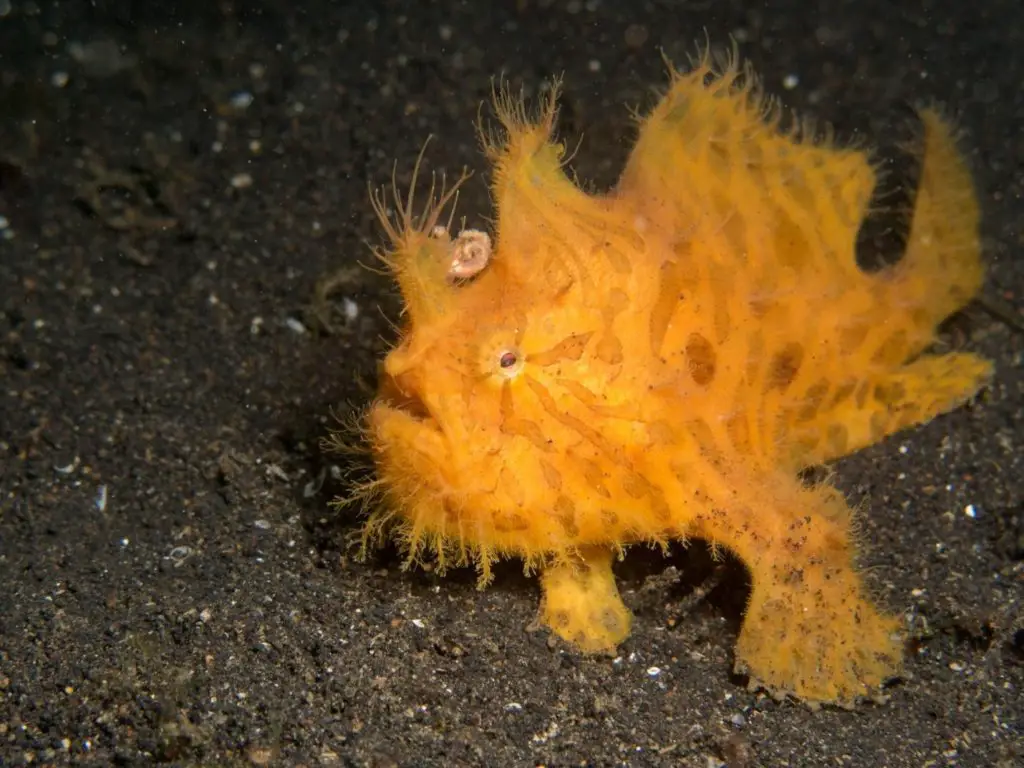
- Giant Spider Crab
This amazing sea creature is sure to send shivers down your spine. Its legs span up to 13 feet or 4 meters and weigh on average around 40 pounds or 16-20 kg. It may have the most extended lifespan among all species of crab, having been known to live up to 100 years old. However, Giant Spider Crabs do not stand for long periods without acquiring an injury. Ironically, their biggest asset is their weak point. Their legs are feeble, and a study shows that 75 percent of surveyed crabs were missing at least one limb. Interestingly, the smaller and younger crabs decorate their shells with objects such as kelp as a protective measure.
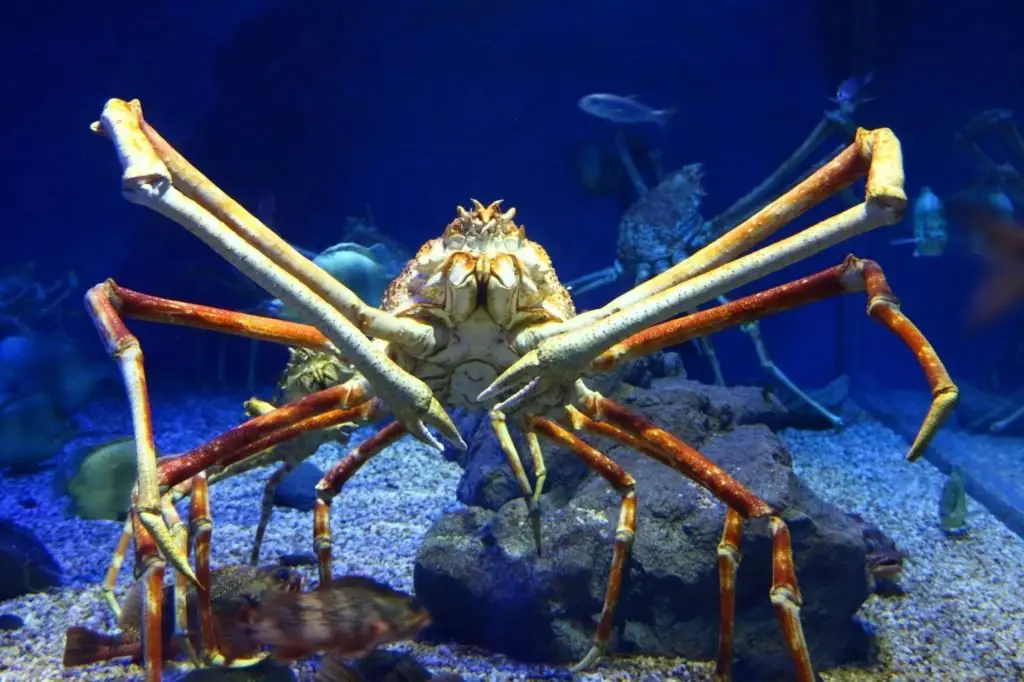
In Conclusion…
Scientists have a more detailed and comprehensive map of the planet Mars than of our very own ocean. As deep as our planet’s oceans are in terms of volume, its depth still remains unfathomable. Beautiful and amazing sea creatures that seem out of the world live under the sea.

